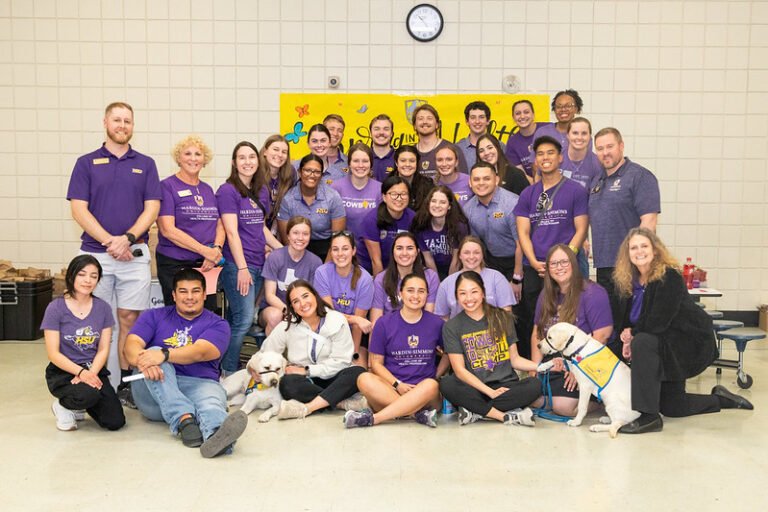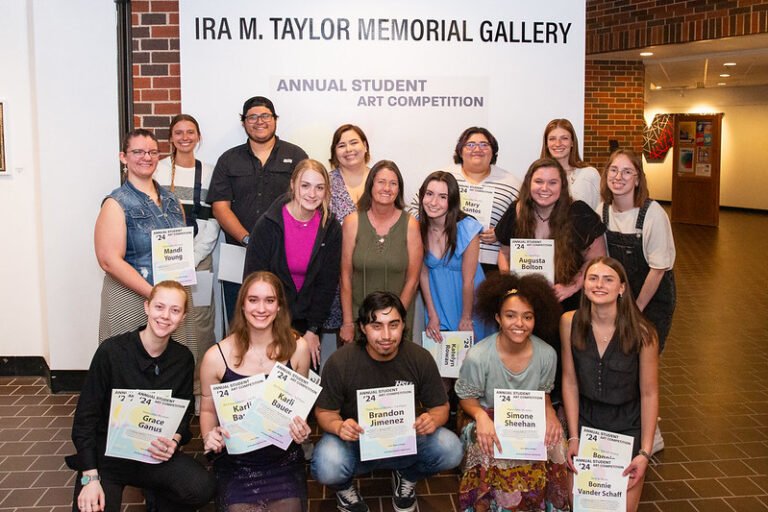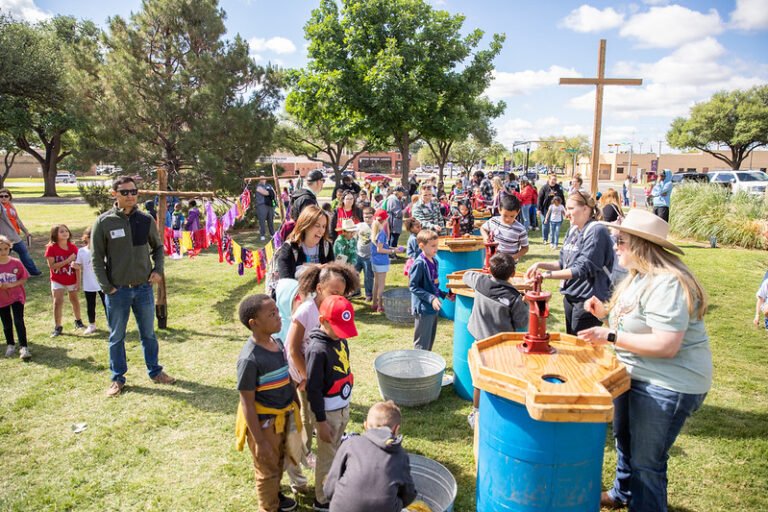Alumni Feature: Conrad R. Lam, M.D.

(ABILENE, Texas)–Hardin-Simmons is no stranger to greatness. Many HSU graduates continue to bring about change long after their time on the forty acres comes to an end. Among the famous actors, musicians, speakers, and doctors is Conrad R. Lam, M.D., one of ten pioneers of cardiac surgery, and the first surgeon in Michigan to successfully transplant the main valve of one individual’s heart to another’s. Lam truly exemplifies HSU’s heart for creating a better world.
Born in 1905 as the oldest of ten children in the small town of Oglesby, Texas, Lam was destined for greatness. In 1923, Lam graduated from Tahoka High School as valedictorian of his class and promptly moved to Abilene to enroll in Simmons College, now Hardin-Simmons University.
While at HSU, Lam was a member of the World-Famous Cowboy Band, and received a scholarship for his trumpet playing ability. Lam remained active on campus until his graduation in 1927, acting as Business Manager for both The Brand and The Corral, as President of the South Plains Club, and as a member of Social Science Club, Pre-Medic Club, Press Club, and the Men’s O. and D. Council, which is like today’s Model UN program.
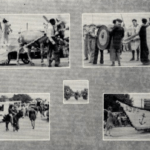
Students host the circus, held on campus on May 20-21, 1927. Lam was among the team who led the project.
During his final semester at Simmons College, Lam led his senior class in hosting “The Kollege Sirkus,” a spring festival held for students and friends of the University. The 1928 edition of HSU’s yearbook, the Bronco, lists that the circus included the “longest and best parade ever presented in Abilene was staged in the down town section of this growing city. Led by that famous Cowboy Band, Simmons University, in the garb of a circus, paraded before one of the largest crowds that ever stood on the streets of Abilene.”
Upon graduating from Simmons College with a degree in chemistry, Lam began his graduate studies at the Yale School of Medicine in 1927.
In 1932, Lam accepted a medical internship at Henry Ford Hospital in Detroit, Michigan. He then entered his surgical residency under Dr. Roy D. McClure, the Henry Ford Hospital’s first surgeon-in-chief. Under McClure, Lam became chief resident and was appointed the youngest member of the Henry Ford Hospital staff in 1938.
Alongside McClure, Lam began his research studying and improving the treatment of burns. In 1940, Lam became the first American physician to treat clotting veins with purified heparin. In 1942, when Henry Ford Hospital was selected as a trial site to study the effects of penicillin by the National Research Council, Lam was one of two physicians chosen to distribute and study the drug.
Throughout his residency in the 1930s and into his career in the 1940s, Lam recorded his research and contributed to many publications spanning an array of topics, including burn treatment, heparin, penicillin, surgical correction of esophageal and thoracic deformities and traumas, thyroid and surgical correction of cardiac and venous malformations.
By the 1950s, Lam had made a name for himself in cardiac surgery. The specialty was new to the medicine world, which allowed Lam to excel at a rapid pace with his new findings. In 1956, Lam performed Michigan’s first open heart surgery using the heart-lung machine, also known as a cardiac bypass pump, that takes over the actions of the lungs and heart to keep a body alive while a surgeon repairs the heart tissue, which he also helped to create. Around this time, Lam also aided in the development of new surgical procedures for the correction of many cardiac and thoracic conditions, including mitral valve stenosis and congenital esophageal stenosis.
Lam continued practicing cardiothoracic surgery at Henry Ford Hospital until 1975, when he was 70 years old. After his retirement, Lam remained a consultant for the hospital and regularly contributed to the hospital’s staff newsletter with his column, “Echoes of a Surgeon’s Trumpet.”
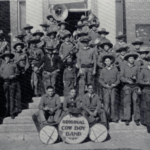
Lam is pictured here with the 1926 World-Famous Cowboy Band.
In 1976, he began the process of collecting and preserving hospital archives in a small office in the Clara Ford Nurses Home. Lam built and cared for the Henry Ford Hospital Archives and Historical Collection until his death in 1990.
Thirteen years later, the hospital renamed the archives the Conrad R. Lam Archives to celebrate the life and efforts of the pioneer. The collection is now located in a much larger suite in the One Ford Place building, a few minutes away from the original Henry Ford Hospital. The collection provides access to countless manuscripts, newsletters, records, photographs, recordings, and artifacts that document the history of Henry Ford Health System to those within the health system and to external researchers.
Lam and his wife Miriam, who married in 1941, had four children together. The couple remained close to Lam’s HSU roots, playing with and directing the Franklin Village Band which performed many times at Henry Ford Hospital Events. While Lam continued to play his trumpet, his wife played the bass drum with the ensemble.
Throughout his career, Lam received several awards and was recognized many times for his accomplishments, including at his alma mater, HSU. In 1952, he received the Keeter Award from Hardin-Simmons, the highest service award that the university bestows. In 1966, the university honored Lam with an honorary Doctor of Science degree. Two years after his retirement from Henry Ford Hospital, Lam was chosen to receive the Distinguished Alumni award in 1977.

